Tag: anatomy
-
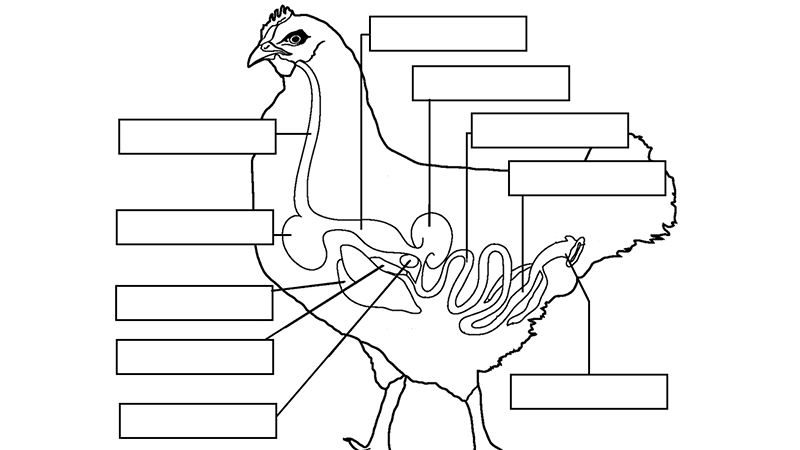
Bird Digestive System
This worksheet provides an image of a chicken focused on the digestive system as part of an overall unit on comparative anatomy. Students label the major organs of the system which are similar to the human and frog. The chicken does have some digestive system adaptations , such as a crop, proventriculus, and gizzard, which…
-
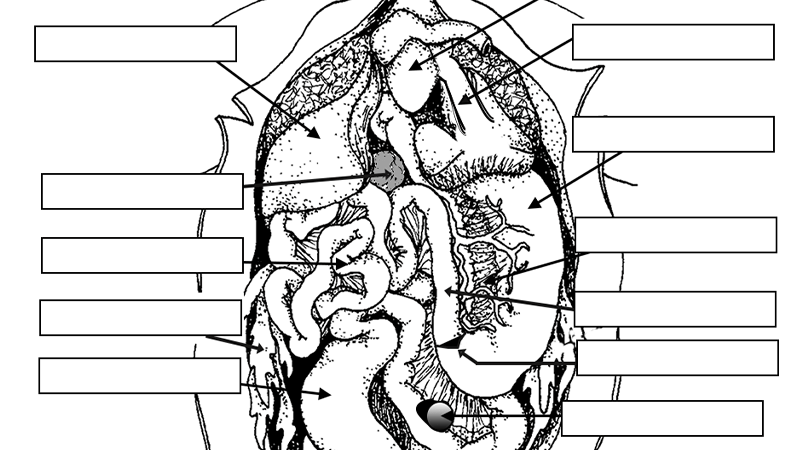
Frog Anatomy Label
This worksheet is a supplement to the frog dissection activity where students examine a preserved specimen. The main structures of the abdominal cavity are shown on this image and students practice identifying them using the included word bank. ( The worksheet could be modified to not include it should students need a greater challenge. )…
-
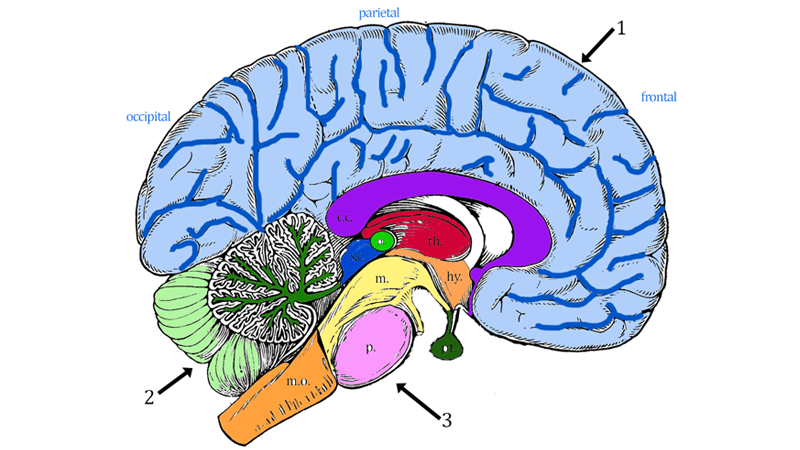
Brain Anatomy (Coloring)
Students learn brain structures and their functions by reading short descriptions and coloring an image. The description are organized into three main areas of the brain: cerebrum, cerebellum, and brain stem. The brain stem also includes structures of the diencephalon (thalamus and hypothalamus). In addition to coloring the image according to the directions, students identify…
-
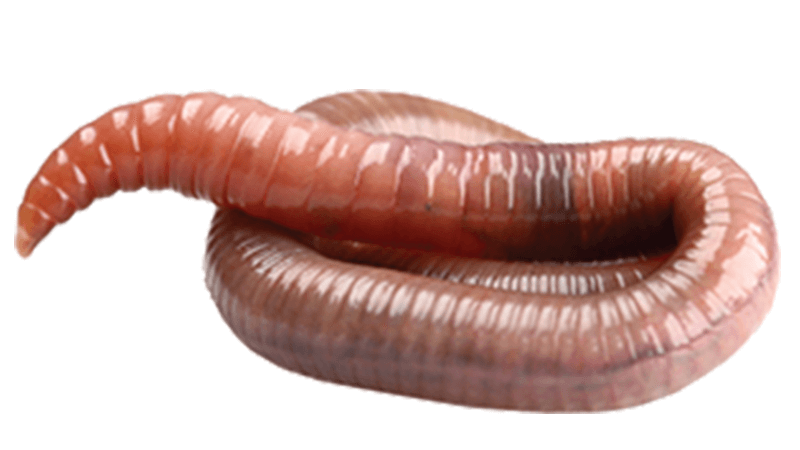
Investigation: Earthworm
This earthworm lab is a revised version of the observation lab that I have used for years. I wanted to make the lab more open-ended and include terminology within the lab instead of expecting them to know it from their notes or textbooks. Taxonomy chapters on annelids and other invertebrates are being phased out, and…
-

Label and Color the Urinary System
This simple worksheet asks students to label the major structures of the urinary system. They can also choose to color the diagram. I use coloring sheets in anatomy and physiology classes but this could also be used in biology or as a supplemental graphic for a frog or fetal pig dissection. Though many of my…
-
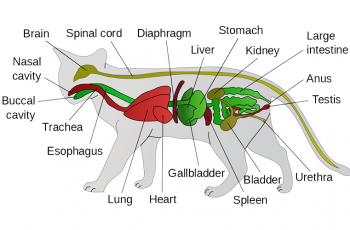
Complete Cat Dissection Student Guide
Cat dissection manual for anatomy and physiology students. A cat dissection is not usually performed in biology and reserved for upper level anatomy or college students. My anatomy class is only available for juniors and seniors. Some students may have ethical issues with dissections, and I refer them to an alternate version for the dissection…
-
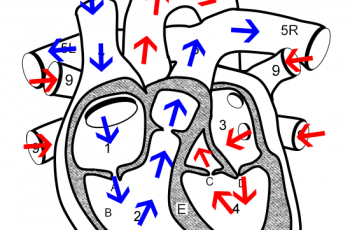
Anatomy of the Heart by Number
In this exercise, read about the structures of the heart and how blood flows through the systemic and pulmonary circuit. The text describes each structure (by number), you label with the names of the vessels and chambers of the heart. Use arrows to trace the flow of blood from the body, to the heart, then…
-
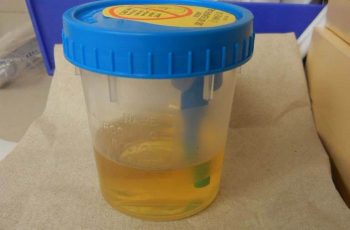
Urine Luck! – A Urinalysis Simulation
Examine urine samples from patients and suggest a diagnosis and treatment plan based on test results. Simulated urine, can be made with basic materials and models basic tests done on real urine.
-

Case Study: How Do Tibetans Survive High Altitudes
Based on the Berkeley website: Understanding Evolution, this version focuses on the how the body maintains homeostasis at high altitudes. This involves increased production of red blood cells to improve oxygen supplies to tissues. Tibetan populations have adapted to high altitudes by producing fewer red blood cells which improves fetal mortality rates. Case looks…
-
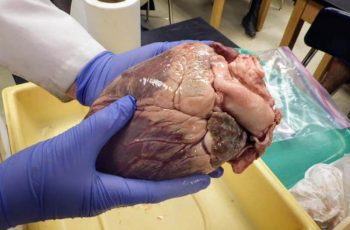
Sheep Heart Dissection
Students use this dissection guide to learn the anatomy of the heart, using a sheep as a model. The sheep heart is similar to a human, and students can identify the major vessels: aorta, pulmonary artery, pulmonary vein, and the vena cava. The guide includes instructions on how to determine which side of the heart…
-
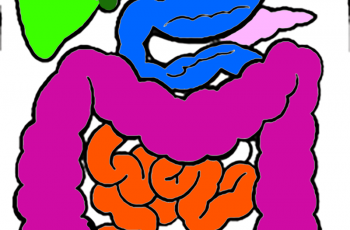
Model the Digestive System with Coloring
The digestive system is a series of organs that work together to break down food into nutrients that the body can use. The digestive system includes the mouth, esophagus, stomach, small intestine, large intestine, rectum, and anus. Coloring activities can be helpful to give students a chance to model the organ systems. I short, coloring…
-
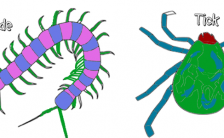
Comparing the Anatomy of Arthropods (Coloring)
This simple activity was designed for intro level biology (life science). Students read about different types of arthropods and learn what characteristics they share, such as an exoskeleton and segmentation. Then they reading focus on specific groups: insects, arachnids, crustaceans and centipedes. The goal is for them to learn that each group has a…
-

Frog Anatomy Coloring Worksheet
This simple worksheet can supplement a lab or dissection of the frog. Each of the numbers on the frog image corresponds with a text description of the structure and instructions on how to color it. There are a few questions at the end, mainly matching the structure to it’s function, but overall this activity is…
-
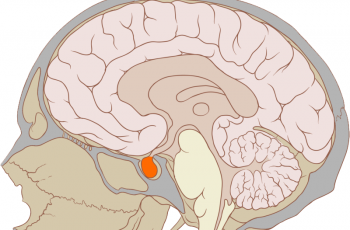
Case Study – What’s Wrong with Timothy?
The endocrine system can be a difficult subject to cover in anatomy. It isn’t as showy as the other systems where you can label organs or dissect an eyeball. Students must also memorize a number of hormones and their functions which have complicated names like thyroxine and tri-iodothyronine. When I first started teaching anatomy,…
-
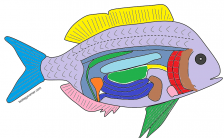
The Anatomy of a Bony Fish
Learn the anatomy of the fish with this coloring worksheet. Student Activity This coloring worksheet. provides a basic overview of the anatomy of a bony fish. Students color the fish according to the directions with each organ and fins being labeled by number. Students will not need a reference to complete the activity, as…

